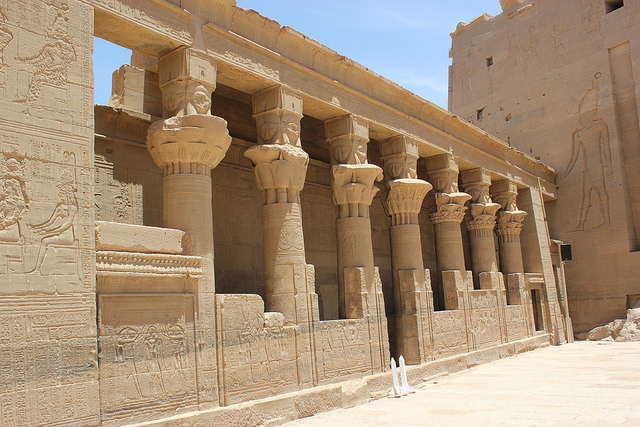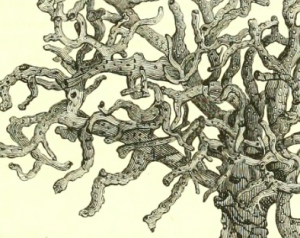The Long Lasting Influence of the Ancient Egyptians
Thousands of ancient civilisations came and went, but few left their mark as successfully as the Egyptians.
From the house you live in today to the medical treatment you receive at hospital, the ancient Egyptians are still shaping the lives we lead. Much more than just pyramids and pharaohs, here, we’ll take a deep dive into the lasting legacy of the once great civilisations…
Architecture
Without the aid of modern building tools and materials such as concrete or steel, the ancient Egyptians managed to build some of the world’s most iconic and complex ancient structures the world has ever seen.
Large building projects like the pyramids at Giza, were organised and funded by the state for religious purposes, but to also show the power and wealth of the pharaoh – built from stone with the intention to last forever. These huge projects used techniques we still carry out today, using scaffold-like structures and stone masonry tools. Meanwhile, domestic dwellings were simply built, made from perishable material, but well-constructed.
The highly sophisticated craftsmanship developed in just a few hundred years and several design elements of the Khufu’s Pyramid, such as highly intricate shafts, remain a mystery.
Paper
Although they didn’t invent paper as we know it today, the Egyptians made the leap from simply etching into stone, to scribbling their thoughts and ideas down on papyrus. Lighter and more convenient than stone, papyrus greatly accelerated the spread of knowledge throughout ancient Egypt, furthering the civilisation’s advancement in terms of medicine, building methods and trade links.
The Egyptians discovered papyrus around 3000 BC, but it would take until 500 BC for papyrus to gain a hold in the Mediterranean and West Asia, displaying just how terrifically advanced ancient Egypt was when compared to other civilisations of the time.
Taking inspiration from Egypt’s work Europe gradually moved from stone to parchment, then China went on to invent paper in 100 BC with a method that evolved into the modern technique we use today.
Popular culture
When it comes to ancient civilisations portrayed in the media, Rome and Egypt lead the way. The backdrop of some of the most famous films ever made, such as The Ten Commandments (1956) with Charlton Heston, The Mummy franchise or perhaps the most well known, Cleopatra – played by Elizabeth Taylor.
However, it isn’t just film that ancient Egypt features in prominently, now it can be found in gaming. Assassin’s Creed, a video game franchise that has used various historical settings such as Renaissance Italy to Britain’s industrial revolution, now finds itself in ancient Egypt in its new instalment. Furthermore, ancient Egypt is now on vivid display in online slots, with titles such as Cleopatra featuring the famous female figure, scarab beetles and the civilisation’s distinct hieroglyphics.
Surgery
Thanks to increasing written medical documentation, primitive surgery advanced into some rather impressive procedures with bronze surgical tools specially made to carry out the tasks.
There are, in fact, written logs documenting surgical operations, being performed hundreds of years before many could do the same.
Discoveries and advancements made by the ancient Egyptians continue to shape our lives today. And, thanks to written language and buildings still standing, our knowledge of this fascinating civilisation will only increase.


















